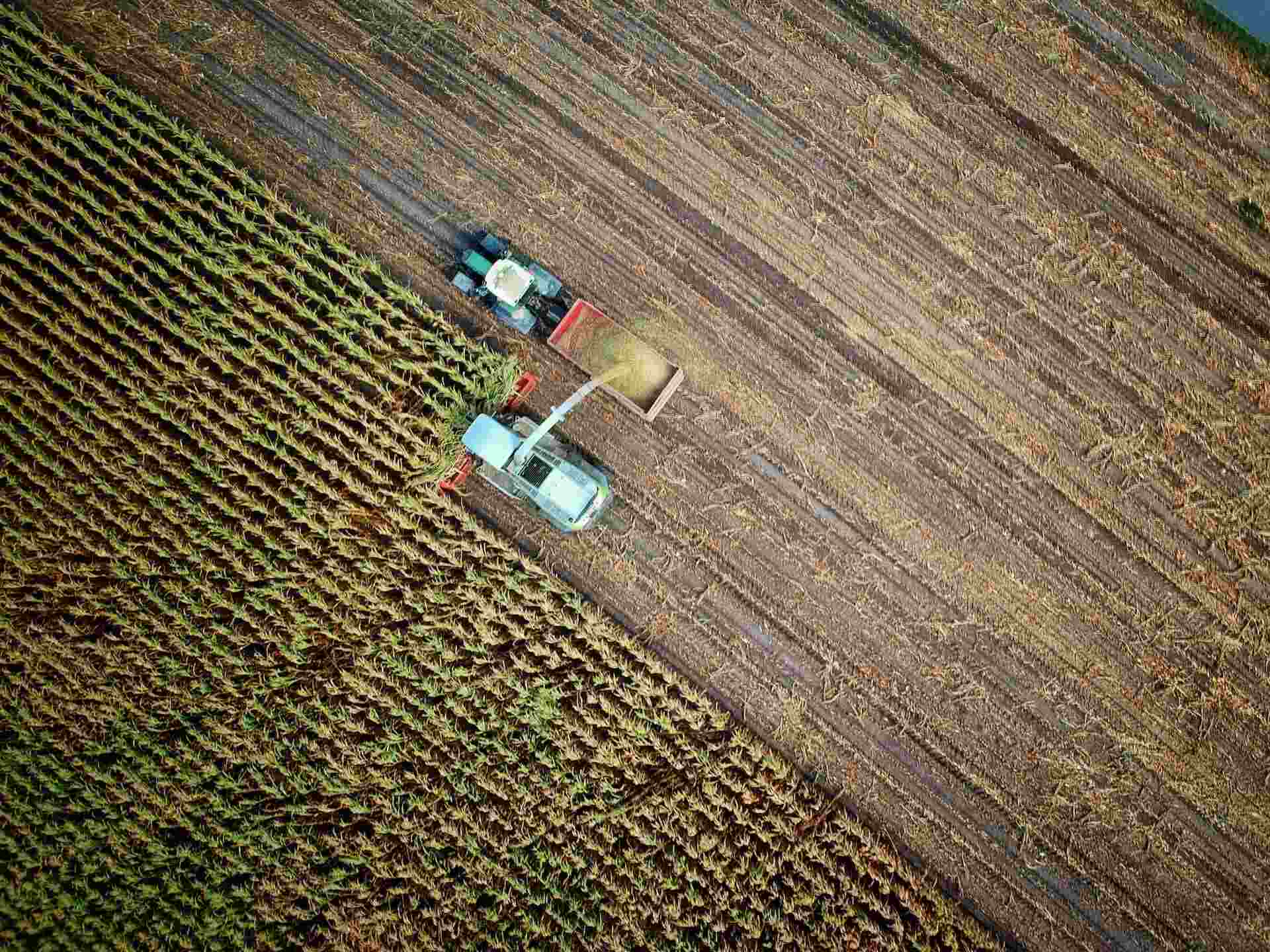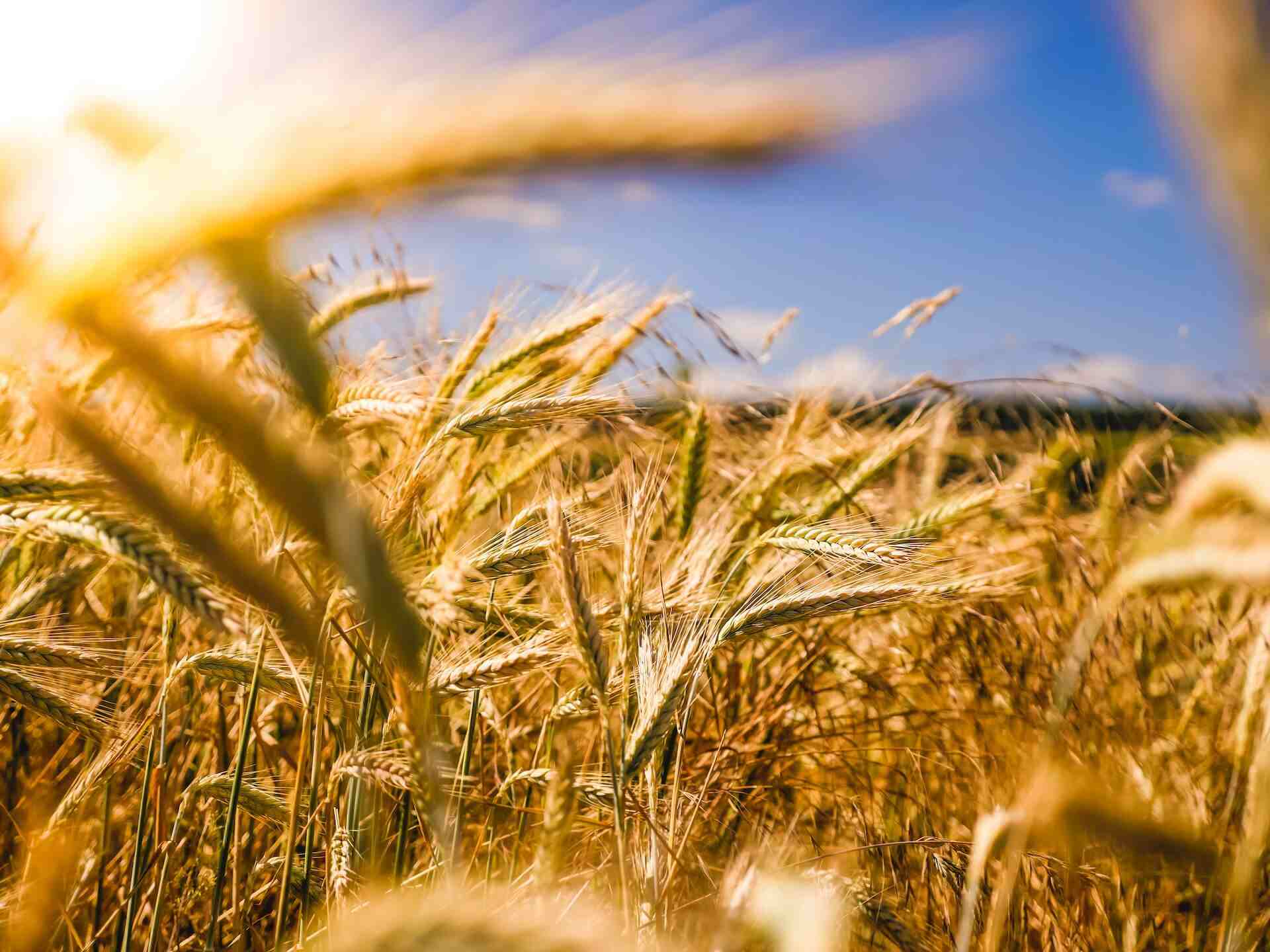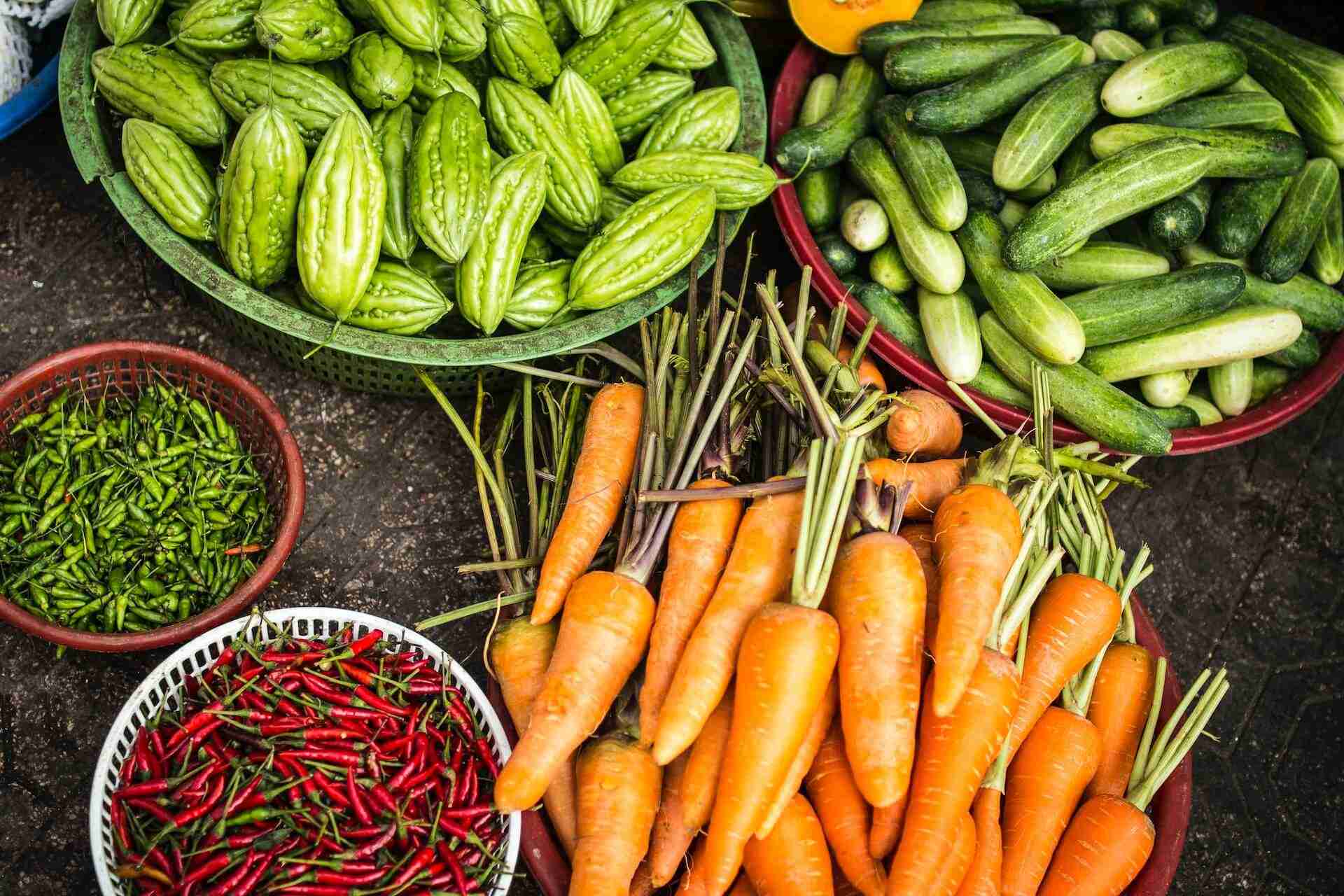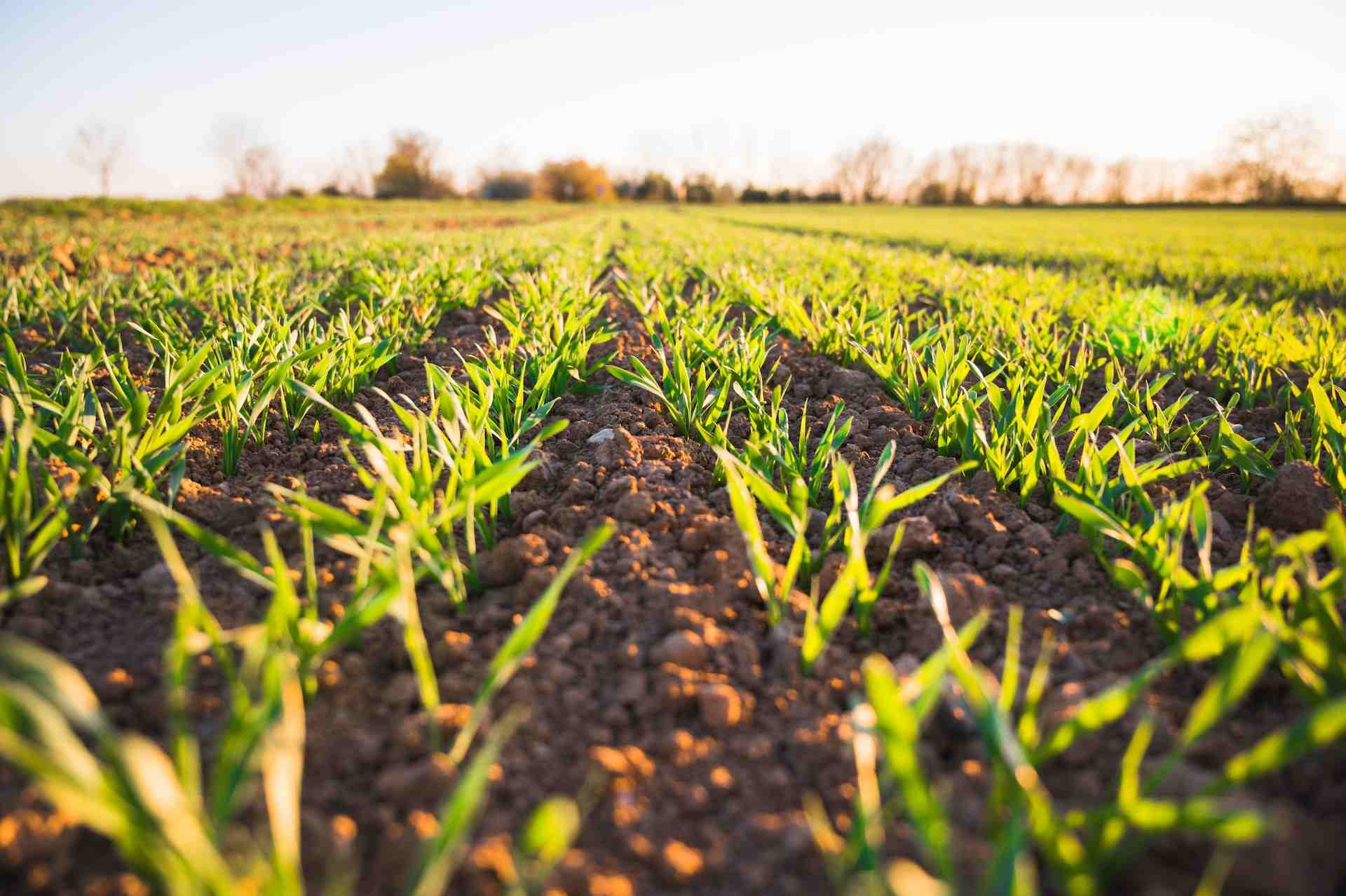
Food security – Risks and opportunities for meeting food needs
Food security is a concept considered throughout the world in the last hundred years, being related to those measures that must be taken permanently to satisfy the food needs of all people and to lead a healthy life. This field is a current one, because a large part of the world’s population does not have access to these elements, and the prospects are not positive at all.
The numerous challenges present in most countries of the world transform the problem from a theoretical one to a practical one, scientists, governments and other involved factors seeking to discover the most useful measures to remove the risks and to provide food security to as many of the Earth’s inhabitants as possible.
The article below is very useful, because it defines the term food security, presenting the objectives and priorities of the phenomenon, as well as the factors that positively and negatively influence this field. In addition, you can consult a list of methods to achieve food security through the development of agriculture, education and awareness of the entire population and through agricultural insurance.
1. The definition of food security – the factors that influence it, objectives and priorities

Food security is defined as that state in which as many people as possible have permanent access to a source of food sufficient for healthy development, economically accessible in terms of prices and valuable from a food and nutritional point of view.
According to specialized studies, the idea of food security is based on four basic dimensions, which can be captured by means of significant questions:
- Is there enough food to feed the entire population?
- Do people have enough material resources to access these foods?
- Do people know and can prepare and consume food in a safe and healthy way?
- Can current generations manage food resources in a sustainable way, allowing future generations to meet their needs?
By considering these questions, the main ideas underlying the definition of food security result, namely availability, accessibility, appropriate use, stability and sustainable use. Food security is one of the essential objectives pursued in the development of human society, because it has consequences in relation to the reduction of poverty, the promotion of health and the prevention of the phenomenon of hunger.
1.1. Objectives and priorities of food security
The objectives and priorities of food security are positive ones, because they promote the access of all people, regardless of their financial or social status, to safe, nutritious and sufficient food. The two elements can vary from area to area, depending on the climatic and social characteristics, but some stand out that can be viewed in a global context:
- Increasing food production is an economic priority that must be pursued permanently by introducing innovations, such as new productive varieties, efficient technologies, treatments for diseases and pests. The reason is given by a continuous increase in the world population, studies showing that the trend will remain the same for at least the next fifty years;
- Promoting sustainable agriculture is essential, because the natural resources involved (soil, water, air, microorganisms) are easily degradable and destructible, thus measures must be taken to obtain the guarantee that the current level of production can be maintained in future;
- The elimination of hunger and malnutrition is a basic element of food security. The most vulnerable are underdeveloped or developing countries, where, most of the time, food is not enough, but even in rich countries there is the problem of reduced nutritional qualities of ultra-processed foods, as well as certain eating habits that favor the appearance of obesity and some food diseases;
- Identification of risks and vulnerabilities that could endanger agricultural production, climate changes, major conflicts between countries and plant and animal diseases can be mentioned here;
- The conservation of agricultural biodiversity has the role of preserving valuable varieties and breeds, resistant to diseases and unfavorable conditions. It is true that the new versions also have their value, but they should not completely replace those that appeared in the past;
- Combating food waste is essential, because a large part of the food produced ends up in the landfill without contributing to meeting food needs;
- Promoting the accessibility of food must be done in such a way that all categories of the population can afford nutritious and healthy food;
- International collaboration at state level, but also at lower levels, is necessary to address global risks.
1.2. Factors influencing food security
National and global food security can be positively and negatively influenced by certain factors that must be taken into account to identify opportunities and risks. By studying them, you gain access to procedures that can be easily applied and that allow the achievement of food security objectives.
Among the positive factors, we can mention elements such as the development of agricultural technology, which leads to an increase in production and its quality, the implementation of sustainable agricultural elements (organic agriculture, the use of ecological treatments, water and soil management), the diversification of crops through the cultivation of some productive species, but which for various reasons have been neglected, the massive investments in the transport infrastructure, storage and distribution of food, the promotion of local agriculture and small farmers and international collaboration.
The following elements can be mentioned among the negative factors:
- The biggest challenge comes from the stronger and more frequent climate changes recorded in recent years. Thus, due to global warming, extreme phenomena occur more often, such as drought, floods and storms that directly influence agricultural production;
- The conflict and political instability have visibly damaged food security. The current wars lead to the increase in food prices and the impossibility of purchasing them for an important part of the world’s population;
- The increase in food prices is a current problem. This phenomenon is observed, in particular, in foods with increased nutritional value, observing an increase in the consumption of ultra-processed foods, which do not contribute to human health;
- Soil erosion and its degradation are caused by the deficient way of carrying out agricultural works and by the pursuit of the greatest possible profit in the short term, neglecting production in the medium and long term;
- A negative effect can also result from the application of inefficient agricultural policies and practices.
2. Food security development methods

Specialized studies have managed to offer numerous methods and strategies that can be implemented at the local, national or global level for the development of food security by eliminating risks and promoting positive practices.
The development of agriculture through various effective measures, but also the awareness of the phenomenon of food security contributes to the achievement of these objectives.
2.1. The development of agriculture as an element of food security
Achieving food security depends on the development of agriculture, considering that this is the main source of food for the world’s population. Currently, all countries are making sustained efforts to develop this economic field, trying to benefit from technological advances. Among the elements followed in this sense are:
- Increasing food production through advanced agricultural technologies, efficient management of resources and the promotion of sustainable practices. All these elements require attention, because a significant percentage of the world’s population does not have access to a sufficient amount of food;
- Agriculture can develop by promoting diversified crops, which allows minimizing the risk of failure due to diseases or unfavorable weather conditions;
- The promotion of sustainable agricultural practices contributes to the prevention of soil degradation and the intelligent use of water resources;
- Promoting new technologies in such a way that they are accessible to all farmers, including those from poor areas, where production is low due to the lack of new modern methods;
- Promoting agricultural education to train all farmers in order to improve production quality and food safety.
2.2. Education and awareness of the phenomenon of food security
The problem of food security is a global one, which must be approached from all possible angles in order to obtain satisfactory results in the shortest possible time. An important role in this sense is represented by the application of methods of education and awareness of the phenomenon through elements, such as:
- Promoting healthy nutrition helps to understand the importance of a balanced and nutritious diet for achieving a long and healthy life;
- Awareness about food waste is necessary and valuable, starting from the fact that a noticeable part of the food ends up in the landfill, either out of convenience or from the purchase of too large quantities of food, this spoiling before consumption;
- School education regarding food security through optional courses or through the integration of some lessons in general subjects. Training on hygiene in order to properly prepare and store food should not be avoided either;
- The training of farmers can be carried out in classic educational institutions, such as vocational schools or agronomic universities or through advanced training courses dedicated to adults, in which useful knowledge is learned for increasing agricultural production.
2.3. The role of agricultural insurance in achieving food security
Agricultural insurances are extremely useful financial instruments in ensuring food security. Through them, the financial risks to which farmers are exposed can be significantly reduced and, in addition, the stability of agricultural production is promoted. By accessing different types of agricultural insurance made available to farmers and other people involved in the chain of food products can benefit from significant advantages:
- Protection of agricultural investments against events such as drought, floods, storms or plant and animal diseases. Safety from this perspective encourages agricultural entrepreneurs to switch to advanced agricultural practices, having peace of mind and financial peace of mind that they will not lose everything in the event of destructive events;
- Agricultural insurance contributes to the development of sustainable methods of carrying out some agricultural works, because some insurance companies condition the conclusion of some policies on the adoption of sustainable technologies or practices;
- Farmers who have the financial security of their business can ensure the accessibility of food by promoting prices that can also be paid by the disadvantaged social categories. Thus, poorer communities will be able to purchase better quality products from a nutritional and hygienic point of view;
- Agricultural insurance provides stabilization of food markets by eliminating major price fluctuations. Natural risks are covered, which leads to predictability of costs and a correct development of the food chain, from the producer to the consumer.
3. Current challenges of food security and safety in Romania

Romania is a country with increased agricultural potential due to the diversity of landforms suitable for the cultivation of different varieties of plants, the rich soil and the significant water resources, something that can be seen in the rich agricultural production achieved every year. However, there are certain challenges that have not yet been satisfactorily overcome and that may endanger the food security of an important part of the country’s population.
Among these challenges that must be considered by all parties involved in agriculture and the food industry are:
- Climate changes are dangerous, because they manifest themselves through the multiplication of extreme weather phenomena. Studies have shown that Romania is vulnerable in terms of climate warming and the extension of drought periods. The south and east of the country are the most exposed, where agricultural production can be significantly affected. Among the solutions that can be applied in this sense is the realization of a centralized irrigation system, which would offer the possibility of irrigating millions of hectares and the use of agricultural insurance;
- Another problem is related to soil and water quality. For various reasons, such as the excessive use of chemicals in agriculture, the general pollution of the soil and water, the quality of the food produced can be put at risk, which has bad consequences for the health of consumers;
- Food waste was an almost non-existent problem in Romania until recently. Currently, especially in big cities, this phenomenon has become more and more current, which represents a serious problem considering that the discarded food could feed a significant number of people in a state of poverty.</ li>
- In conclusion, food security is a phenomenon that must be considered by all factors involved in agriculture and the food industry, because urgent measures must be taken to eliminate risks and to transform opportunities into real phenomena.
Photo sources: unsplash.com

